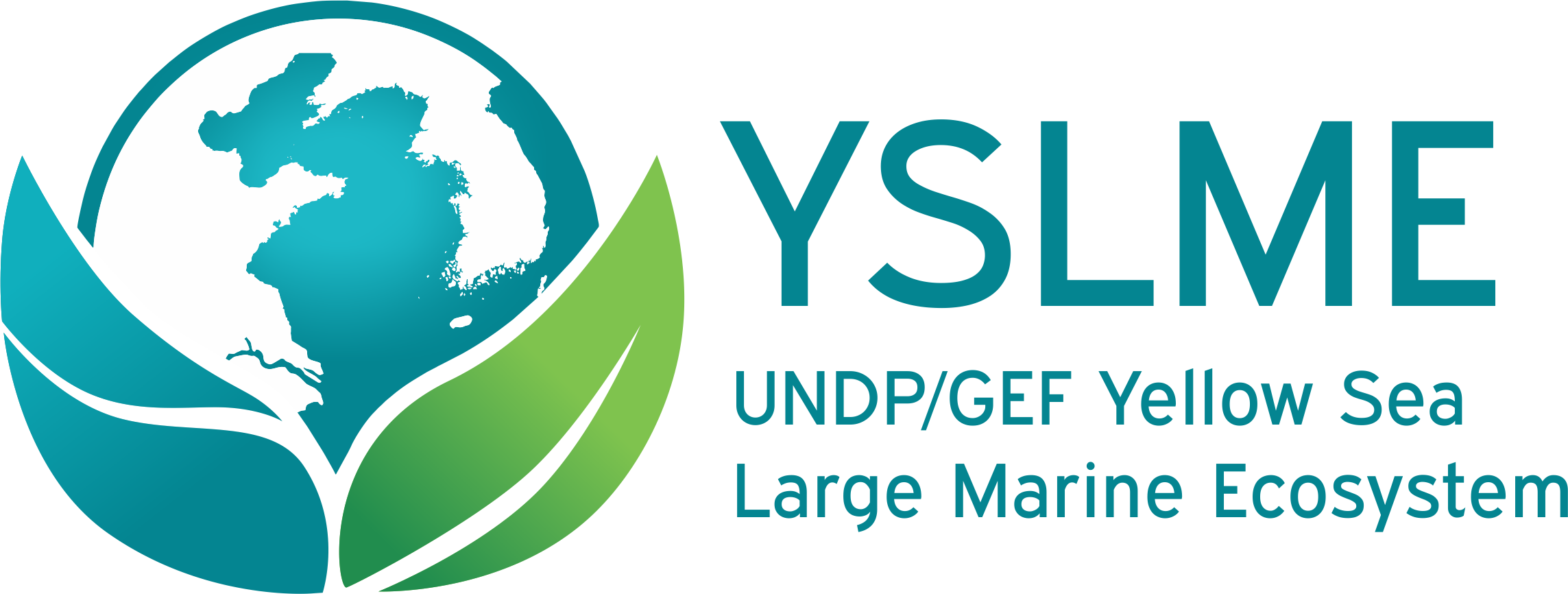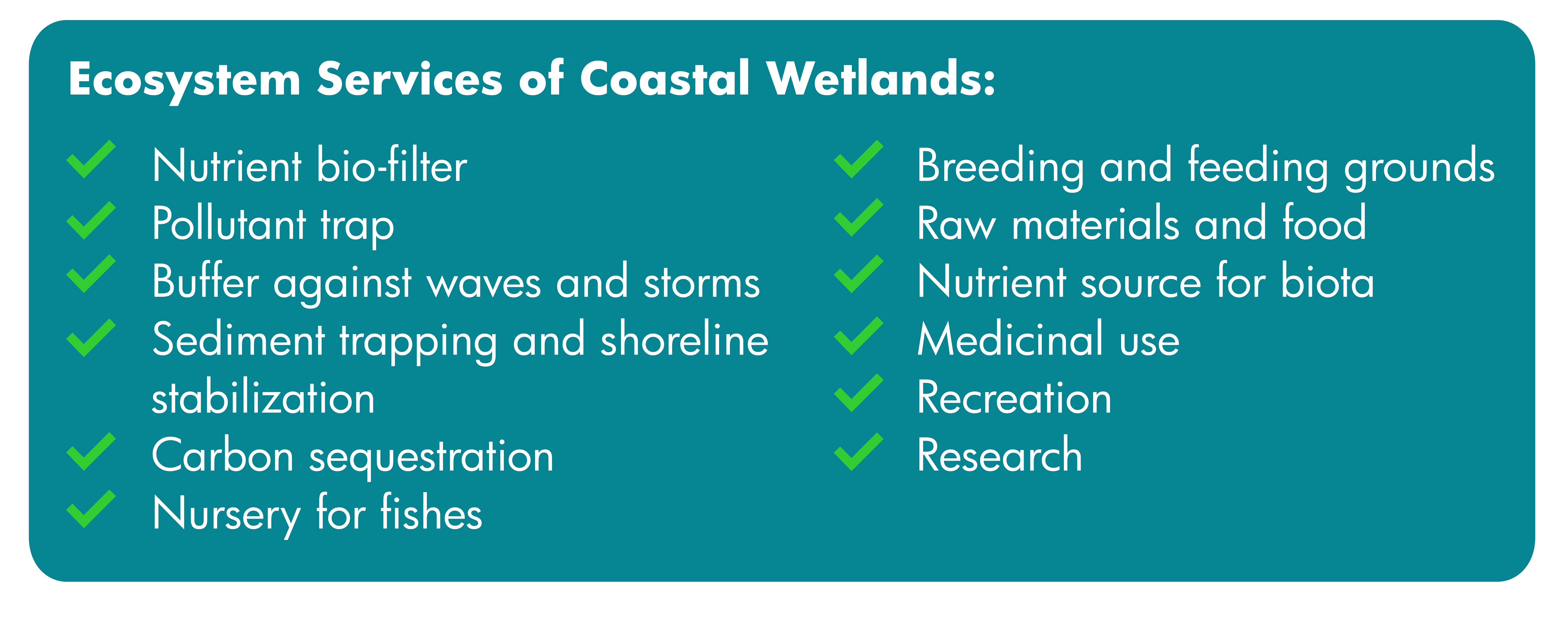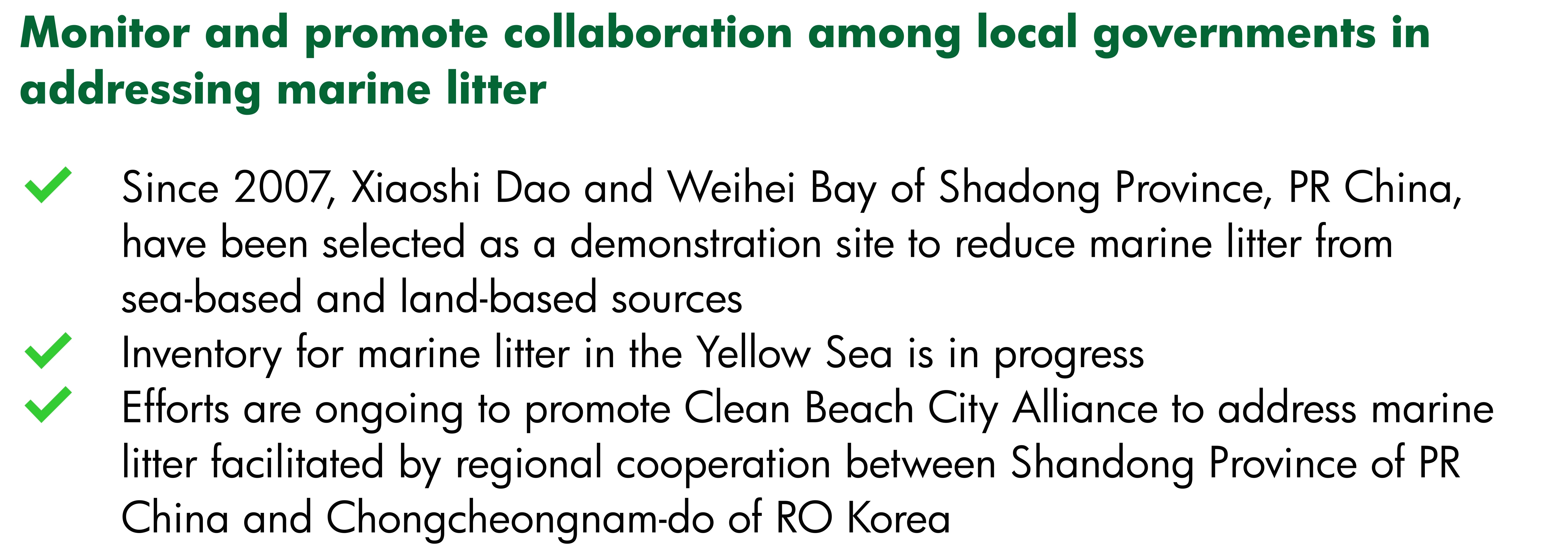Background
Pollution and contaminants resulting from industrial, agricultural and domestic waste entering the Yellow Sea negatively affects human and marine life in the Yellow Sea.
Eutrophication – excessive algal blooms, resulting from increased levels of nitrogen and phosphorus, are causing deadzones where marine life cannot survive, especially in mariculture establishments.
Plankton Community Changes – can lead to toxic blooms of harmful marine organisms (red tides), reduce survival of fish and shellfish, cause paralytic shellfish poisoning in humans and reduce seafood palatability.
Our Work to Tackle Marine Pollution
The YSLME Phase II Project is now working to reduce marine pollution in the Yellow Sea in a number of ways. A Regional Working Group on Pollution Reduction (RWG-P) has been established to assist in this process. Eutrophication, algae bloom and contaminants, among others, are under the mandate of the RWG-P.

Future Priorities
- Harmonized marine environmental monitoring guidelines
- Marine litter (including harmonized regional microplastics monitoring and assessment guidelines)
- Demonstration (recycling economy, sewage treatment through wetland services, PPP












